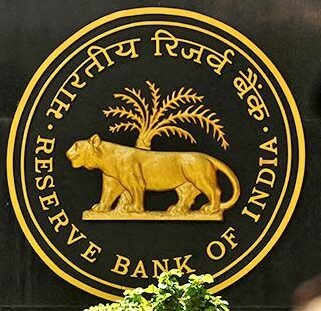On June 28, 2024, the Reserve Bank of India (RBI) announced an increase in the Ways and Means Advances (WMA) limit for state governments and Union Territories (UTs) by 28%, raising it from Rs 47,010 crore (set in April 2022) to Rs 60,118 crore. This change will take effect from July 1, 2024.
Background and Context:
WMA Scheme:
- Introduction: The WMA scheme was first introduced by the Government of India (GoI) in 1997 to provide temporary advances to state governments to tide over mismatches in receipts and payments.
- COVID-19 Adjustments: In April 2021, the RBI maintained the WMA limit at Rs 51,560 crore due to the ongoing COVID-19 pandemic.
- Recent Adjustments: The WMA limit was subsequently reduced to Rs 47,010 crore for all states and UTs through special WMA and Overdraft (OD) schemes, last reviewed on April 1, 2022.
Advisory Committee:
- Recommendations: The increase in the WMA limit is based on the recommendations of an RBI-formed group comprising finance secretaries from various states. The Advisory Committee on WMA, headed by Sudhir Shrivastava and formed in August 2019, also played a key role in these recommendations.
Key Features of the New WMA Limit:
- Special Drawing Facility (SDF):
- Linked to Investments: The SDF availed by state governments/UTs will continue to be linked to their investments in marketable securities issued by the GoI, including Auction Treasury Bills (ATBs).
- Limits on SDF: The maximum limit for SDF against investments held under the Consolidated Sinking Fund (CSF) or Guarantee Redemption Fund (GRF) will be 50% of the lower of either the outstanding balance of the funds as of the last date of the second preceding quarter or the current balance held in CSF or GRF. For ATBs, the limit is similarly calculated based on the funds in ATBs (91/182/364 days).
- Types of WMA:
- Normal WMA: These are clean advances based on a three-year average of actual revenue and capital expenditure of the state.
- Special WMA (SDF): Available before availing of normal WMA and offered against the collateral of government securities held by the state. The interest rate for SDF is 1% point less than the repo rate.
- Interest and Repayment:
- WMA Loans: Mentioned under Section 17(5) of the RBI Act, 1934, these loans are subject to repayment within 90 days, with interest charged at the existing repo rate.
- Overdraft (OD): If the WMA exceeds 90 days, it is treated as an OD, with an interest rate 2% points higher than the repo rate.
Implications:
The increase in the WMA limit provides greater financial flexibility for state governments and UTs, enabling them to manage their cash flow more effectively. This adjustment reflects the RBI’s responsiveness to the financial needs of states and UTs, ensuring they have adequate support to manage their fiscal responsibilities.
Conclusion:
The RBI’s decision to raise the WMA limit to Rs 60,118 crore is a significant step in supporting the financial management of state governments and UTs. By providing temporary financial accommodation, the RBI helps maintain fiscal stability and ensures that state governments can meet their short-term financial obligations effectively. This move is part of a broader strategy to strengthen the financial resilience of states and UTs in India.


